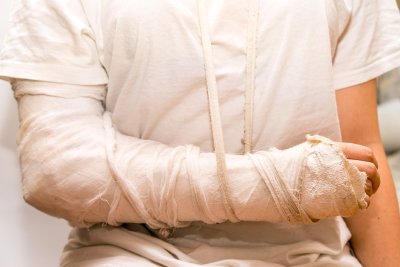Slip and fall accidents are often only a minor inconvenience, but in other cases they can involve debilitating injuries. If you’ve been injured in a slip and fall accident in Annapolis, MD, and the accident took place on someone else’s property, you might consider speaking with an accident lawyer to find out if you might have the basis for a lawsuit. A successful resolution to a slip and fall lawsuit requires that you prove the property owner or manager was to blame for your injuries. 
Document the Hazardous Condition
Your accident lawyer must present evidence in court that proves that a hazardous condition existed and that this was the reason for your injury. Some common examples of hazardous conditions include loose floorboards, missing handrails, and during the winter, icy walkways and driveways. After slipping or tripping and falling, it’s important that you carefully document the scene. If possible, take photos of the hazardous condition, make a note of the date and time, and write down the names and contact information of any eyewitnesses. Make a note of whether there were any security cameras in the area that might have captured the accident. Be sure to seek medical attention promptly, since your medical records will be important evidence for your case.
Assessing “Reasonableness”
The outcome of your lawsuit will depend in part upon an assessment of the defendant’s reasonableness. That is, did he or she exercise reasonable care to keep the property free of defects? The court will consider whether there is a reasonable possibility that the property owner or manager knew or should have known of the hazardous condition, yet failed to correct it. For example, cases that arise during the winter often involve icy walkways. If you slip on the walkway in the middle of an ice storm, then it’s quite likely that the property owner simply couldn’t keep up with the accumulation and therefore might not be held liable. On the other hand, if the hazardous condition developed a few days prior to the accident and it still hadn’t been corrected, then it may be determined that the property owner was indeed negligent.